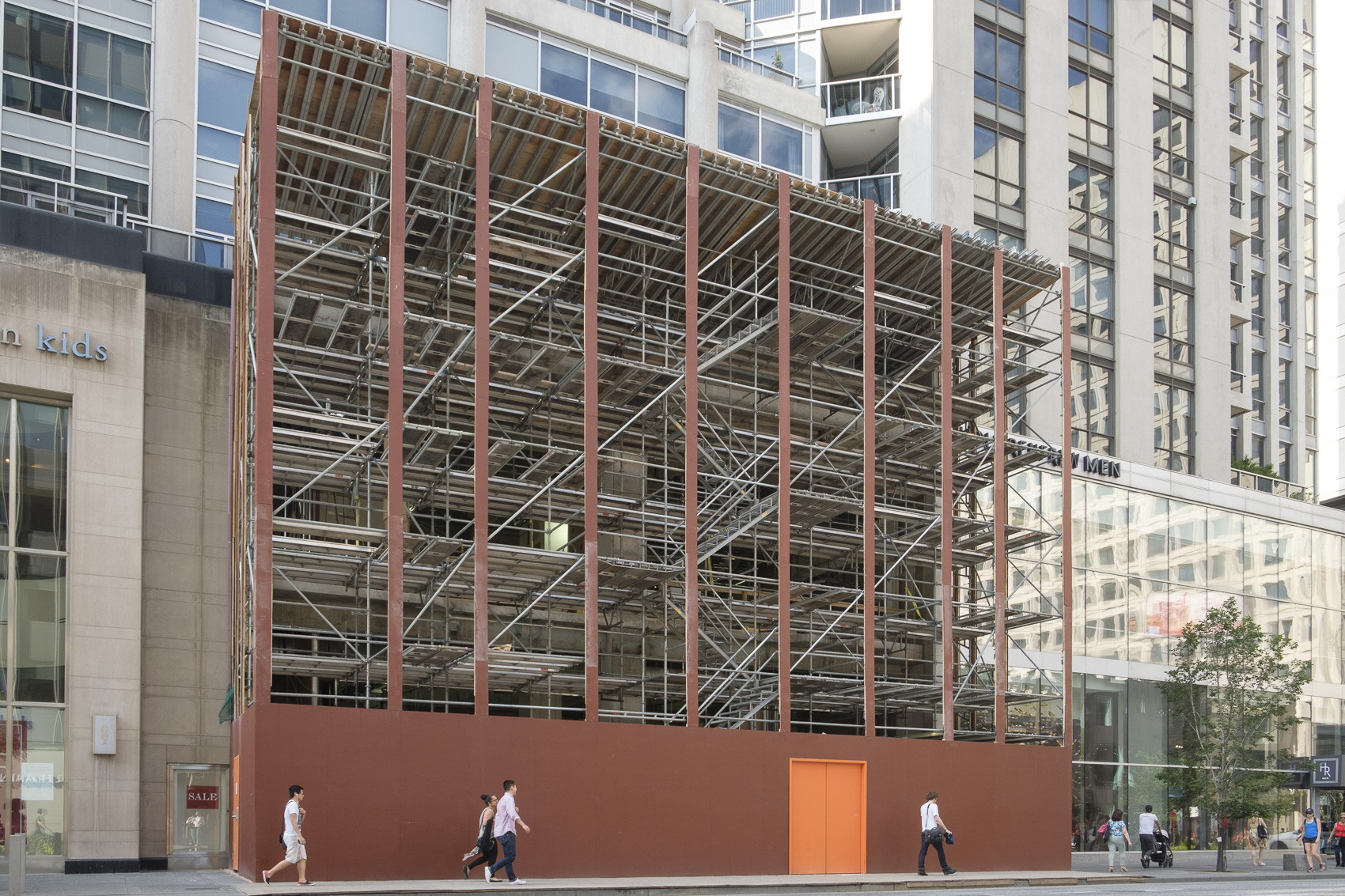Monday night brought Toronto its first large snowfall of the winter. Even though I guess it's concerning that the first big storm didn’t hit until the end of January (thanks climate change), it was a large one dropping about 26cm of snow overnight.
The city of Toronto claims to start clearing what they considers high pedestrian volume streets after 2 cm of snow has accumulated and low volume routes at 8cm. They admit this my take 7-8 hours. I don’t know if my street qualifies as high volume as I have been unable to locate a listing. (Link)
While some were lucky enough to consider today a snow day I was not, I had to get to work. A snowfall like this can cause a barrier for a lot of people. Even more so I think for those of us who use a mobility device on a daily basis. Now I live in downtown Toronto and my “walk” to the subway in the morning is about two blocks, normally not a huge deal. I also live on a major downtown street and people had made an effort to start to clear the snow. Pretty much everywhere else was a total mess. The corners at intersections are typically the worst, If you’re lucky there is a tiny clearing wide enough to just walk through.
Although I did make it to work this morning it was slower than normal going. I am fortunate enough to own a Freewheel attachment for my chair, without it I would not have made it to work today. I also work for a company that would have been understanding if I could not have made it in and I would have been paid. I’m lucky, I have the means to afford a $1000 attachment for my wheelchair and work for a good company. Considering that according to StatsCan 2017 numbers the unemployment rate for those with mobility disabilities was about 13% I figure I fall into the minority.
I understand the city cannot work magic, it simply does not have the means to clear everything perfectly as soon as it starts snow. What I want is for the City of Toronto and private property owners to have a real understanding of the barrie that unclear snow causes. I want them to put a better plan in place on how to deal with pathways at corners. This would take some work but I think improvements can be made if the will is there. I should not require expensive accessories in order to navigate the city and to make it to work like those who are able bodied.
My friend Luke Anderson speaking on the topic today - https://www.cbc.ca/listen/shows/metro-morning
My friend Jeff Adams on Twitter








